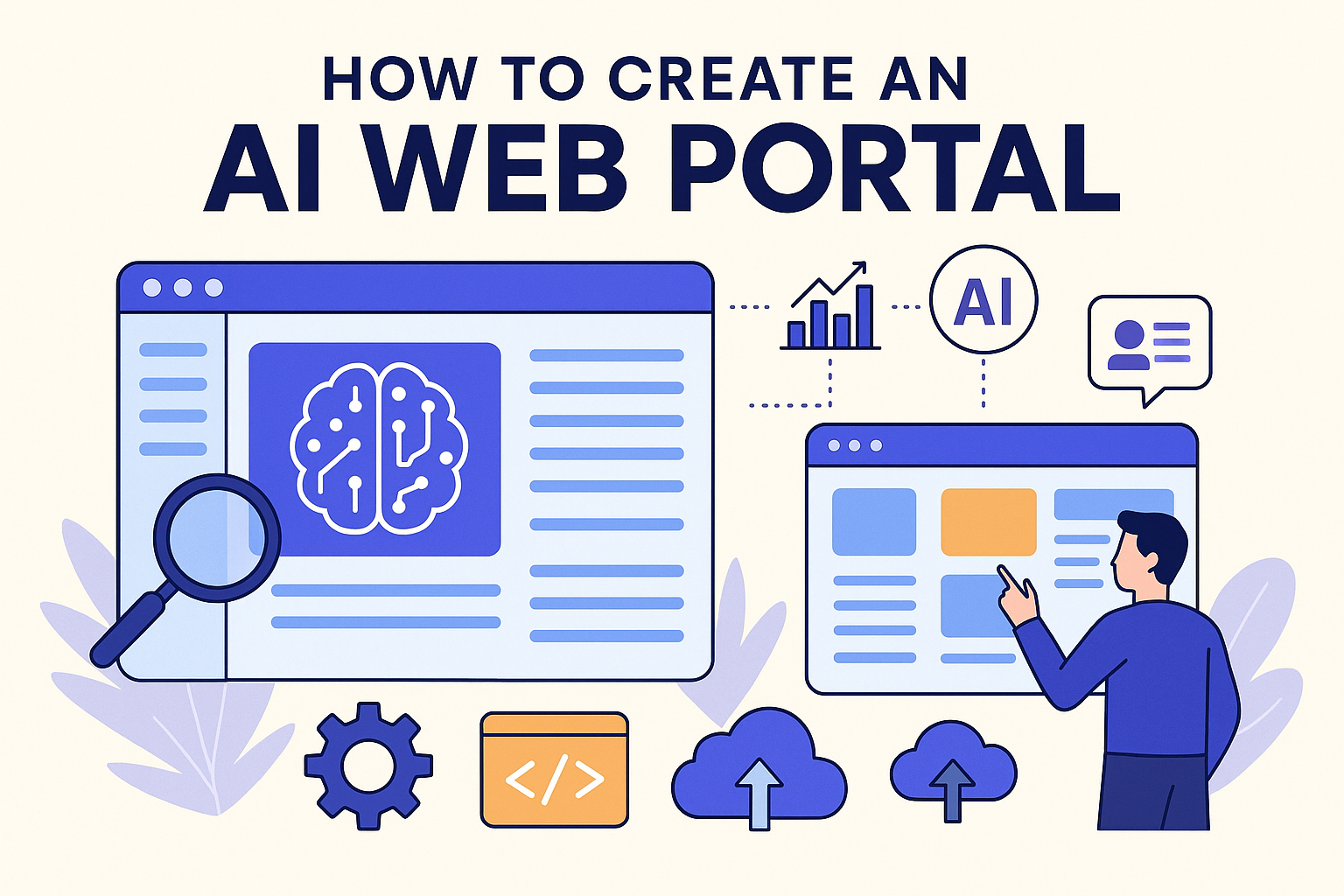
AI web portals are modern digital platforms powered by artificial intelligence, designed to deliver smarter, more personalized, and responsive user experiences. Unlike traditional web portals, AI-driven ones continuously learn from user data, adjust in real time, and automate interactions to improve engagement and usability.
These smart portals often come equipped with tools like predictive analytics, chatbots, recommendation engines, and voice-enabled assistance. Whether you're serving customers, employees, or business partners, AI web portals allow you to provide tailored content and services with remarkable efficiency
Technology for Building an AI Web Portal
Frontend Technologies (React, Vue, or Angular)
To create a responsive and interactive user interface, choosing the right frontend framework is key:
React is ideal for building dynamic interfaces thanks to its component-based structure and vast ecosystem.
Vue.js offers simplicity and flexibility, making it perfect for fast development cycles.
Angular is well-suited for enterprise-level applications that require a complete and scalable solution.
These frameworks help deliver smooth, high-performance web experiences across all devices.
Backend Frameworks (Node.js, Django, etc.)
The backend forms the backbone of your AI web portal, managing logic, data processing, and integration:
Node.js supports event-driven, non-blocking architecture—ideal for real-time applications.
Django, built on Python, is secure, scalable, and makes integrating AI models seamless.
Other viable options include Flask for lightweight APIs, Spring Boot for robust Java-based systems, and Laravel for PHP projects.
Your choice here should reflect your team's skills, the complexity of the project, and future scalability.
AI Libraries & Platforms (TensorFlow, OpenAI API, LangChain)
AI capabilities are brought to life using advanced libraries and APIs:
TensorFlow and PyTorch are widely used for training and deploying machine learning models.
OpenAI API makes it easy to add intelligent features like ChatGPT for conversational interfaces.
LangChain connects language models to real-world tools and databases for more complex AI behavior.
Other helpful libraries include Hugging Face, spaCy, and scikit-learn for NLP and data processing tasks.
These tools are the heart of AI functionality within your portal.
Cloud Services & Hosting (AWS, Azure, Firebase)
Cloud platforms provide the necessary foundation for scalability, performance, and AI integration:
AWS offers services like SageMaker for model deployment, and Lambda for serverless computing.
Microsoft Azure supports AI through its Cognitive Services and Bot Framework.
Firebase is an excellent choice for rapid development, offering real-time databases and reliable hosting.
These platforms also handle storage, CI/CD, security, and monitoring—so your team can focus on development.
Core Features of an AI-Driven Web Portal
AI-Powered Search and Navigation
AI dramatically improves search functionality by understanding language, context, and intent. This means users can find what they’re looking for—even with vague or partial queries. Navigation also becomes more intuitive, adapting based on user behavior and preferences.
Predictive User Analytics and Recommendations
By analyzing usage patterns, AI can predict what users are likely to need next. This helps deliver personalized content, recommend relevant products or features, and ultimately keep users engaged and satisfied.
Chatbots and Virtual Assistants (like ChatGPT)
Built-in AI chatbots can handle user queries 24/7, guide visitors through complex workflows, and provide support without human intervention. With tools like ChatGPT, these interactions become more natural, accurate, and capable of handling multiple languages or topics.
Smart Personalization and Dynamic Content Delivery
AI enables real-time personalization across dashboards, alerts, and content. It adapts layouts and messages based on user behavior and preferences—making every visit feel unique and more relevant.
Step-by-Step Process to Build an AI Web Portal
Define Use Case & AI Goals
Start by identifying who your users are and what problems you want the portal to solve. Are you aiming to automate support, offer personalized dashboards, or deliver smarter content recommendations?
Choose the Right Tech Stack
Select technologies for frontend, backend, AI libraries, and cloud hosting based on your goals, scalability needs, and team capabilities. Make sure everything integrates smoothly and supports your AI workload.
Design UX/UI with AI in Mind
Create a user-friendly interface that can accommodate AI-powered features like chat, voice input, or custom suggestions. Ensure the design is accessible, responsive, and intuitive.
Develop AI Components (NLP, ML Models, etc.)
Develop or integrate machine learning models based on your use case. This could involve natural language processing (NLP), predictive analytics, or computer vision. Be sure to train them using high-quality, relevant data.
Integrate APIs and Databases
Connect your AI models to databases, third-party APIs, and your backend systems. This ensures your AI has the real-time data it needs to deliver accurate responses and insights.
Test for Performance and Accuracy
Conduct comprehensive testing to ensure that all parts of the portal—including the AI—perform reliably and securely. Validate results across devices and user scenarios.
Launch, Monitor, and Improve with Data
Once live, use analytics and user feedback to monitor performance. Continuously update your models and refine your UX based on real user behavior to keep the experience fresh and valuable.
Future Trends in AI Web Portals
As AI continues to evolve, different types of web portal will adopt emerging technologies like multimodal interfaces, emotion recognition, and autonomous agents to stay competitive and deliver smarter user experiences.
Multimodal Interfaces (voice, image, text)
Next-gen portals will support interactions through speech, visual inputs, and text. Users can upload images, speak commands, or type queries—AI will process all seamlessly.
Emotion Recognition and Adaptive UI
AI will detect user sentiment via facial recognition or tone of voice and adjust the interface accordingly—for example, simplifying layouts for frustrated users or offering help proactively.
Autonomous Portals and AI Agents
Portals will evolve into self-operating systems that anticipate needs, make decisions, and act without human prompts—managing workflows, answering questions, and delivering insights.
Conclusion
AI web portals are redefining how users interact with digital systems—offering smarter, faster, and more personalized experiences. By choosing the right technology stack and following a clear development process, you can build a portal that’s not only intelligent today but adaptable for the future. Whether you're automating workflows or enhancing engagement, AI portals can drive measurable value across any industry.

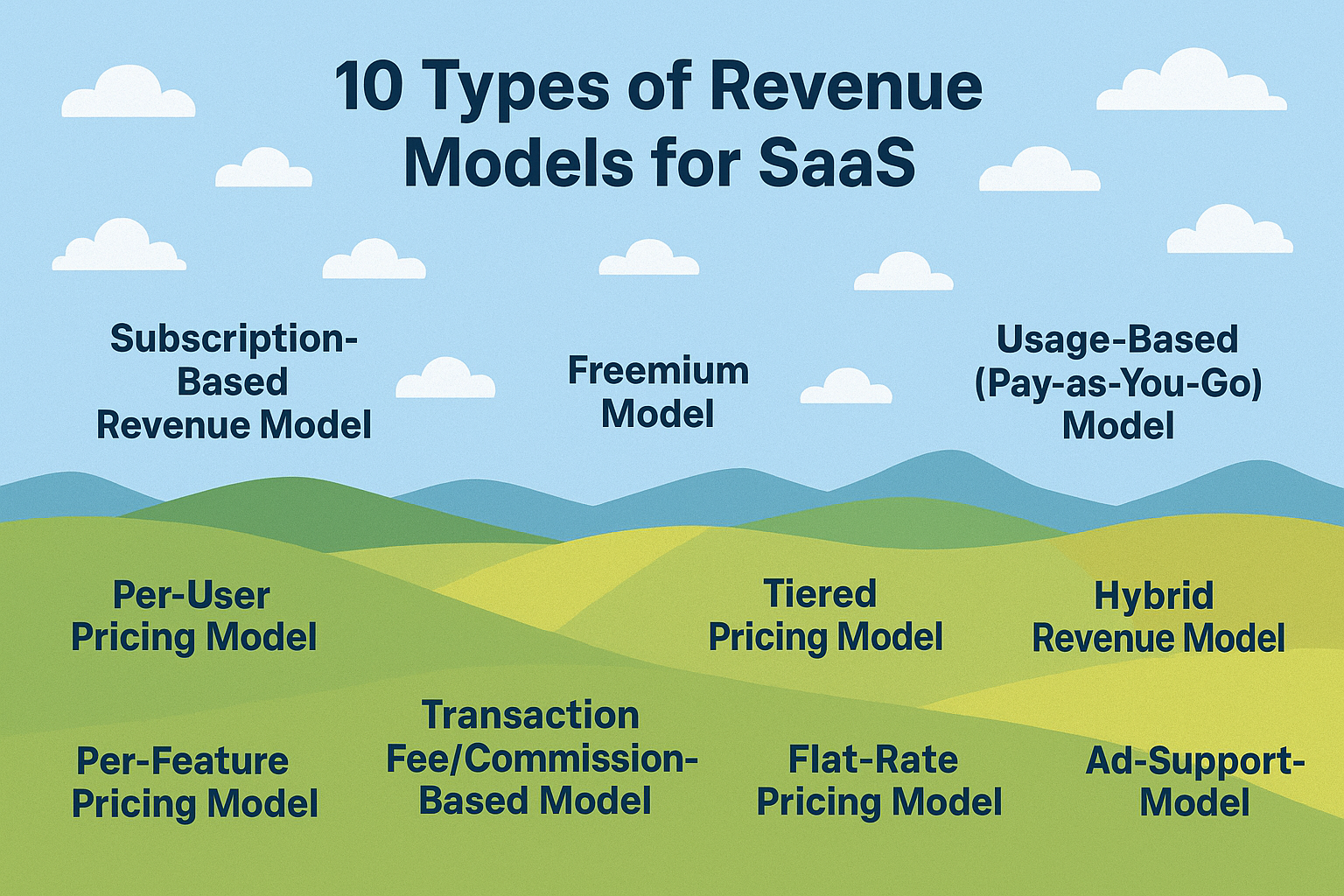
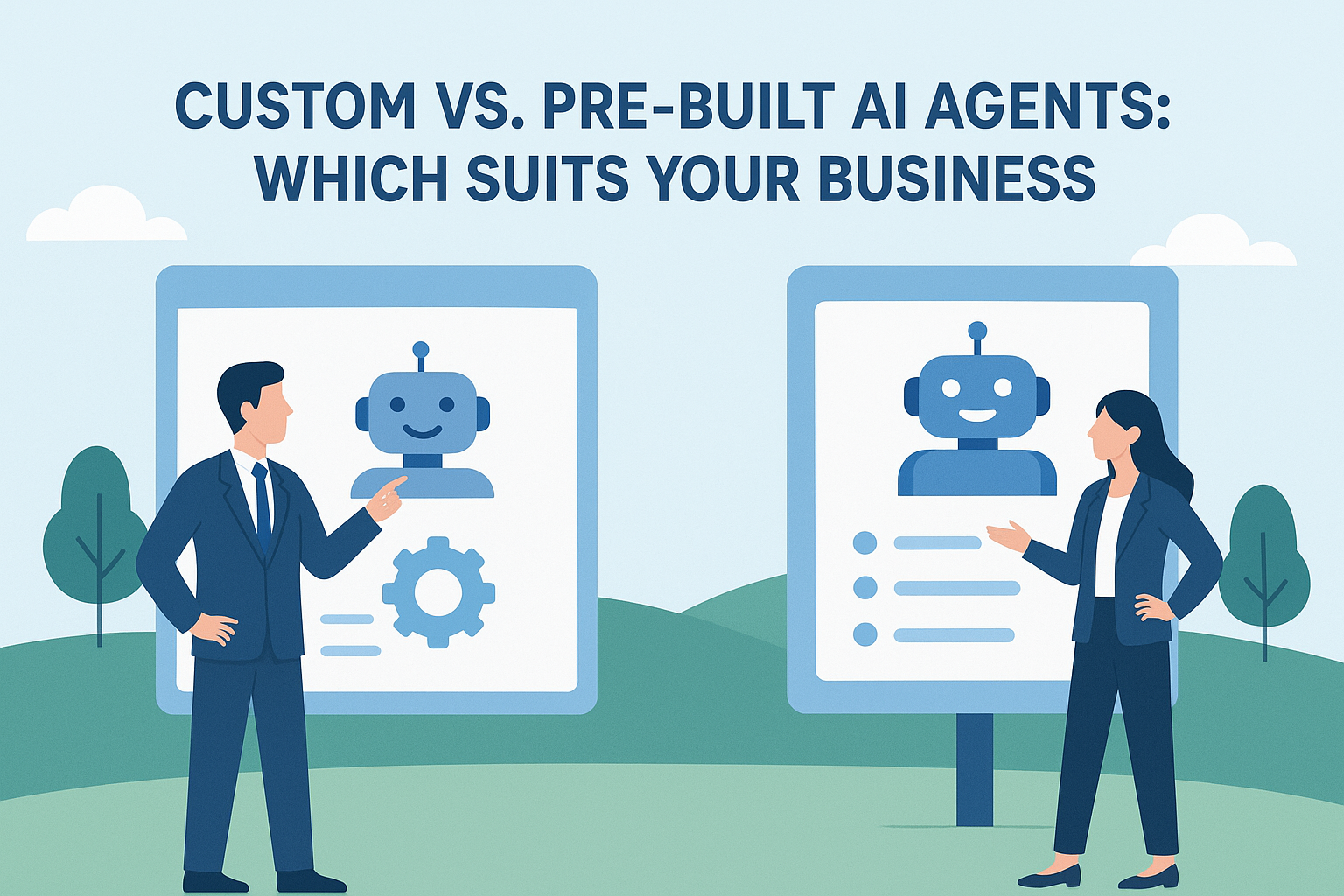
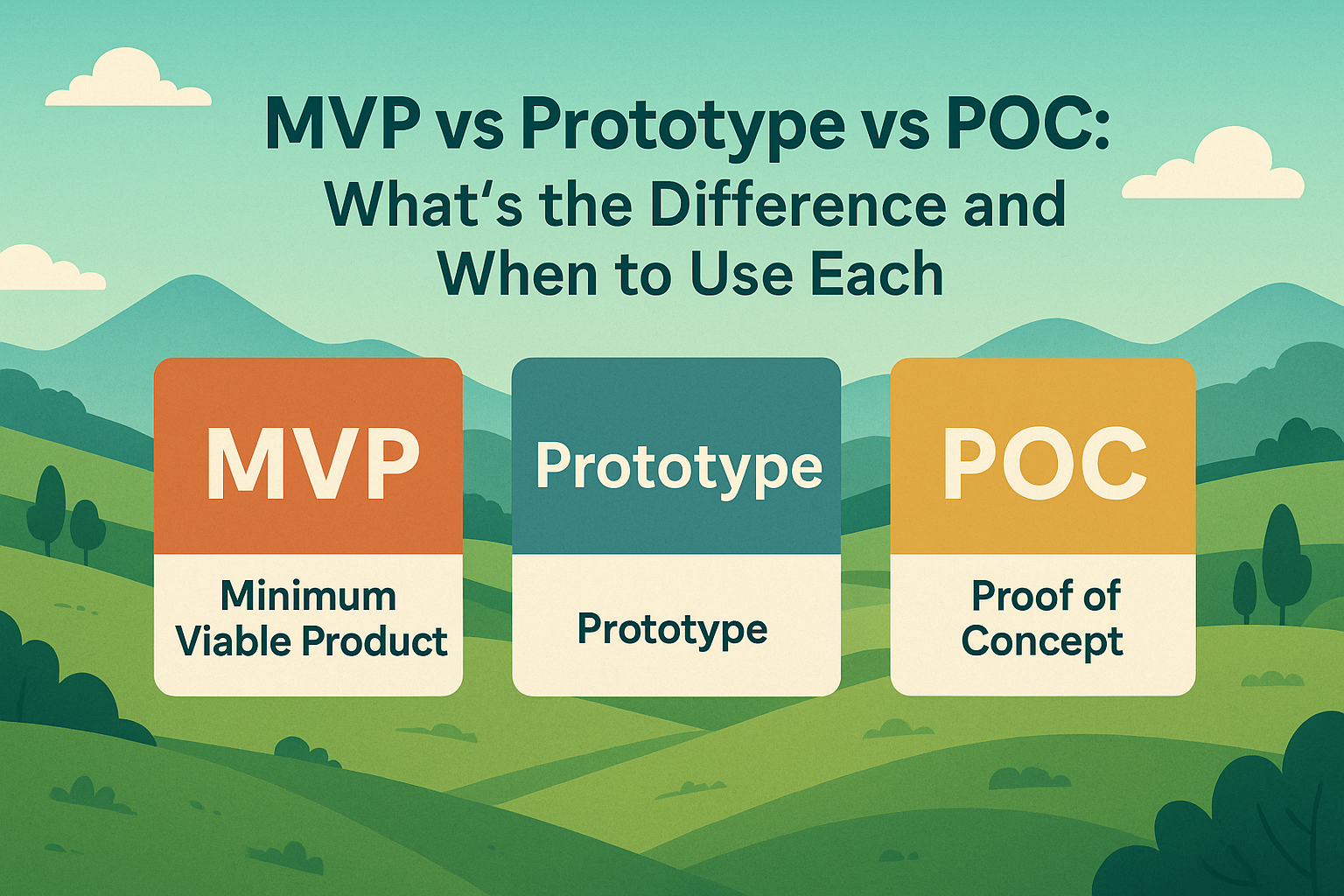
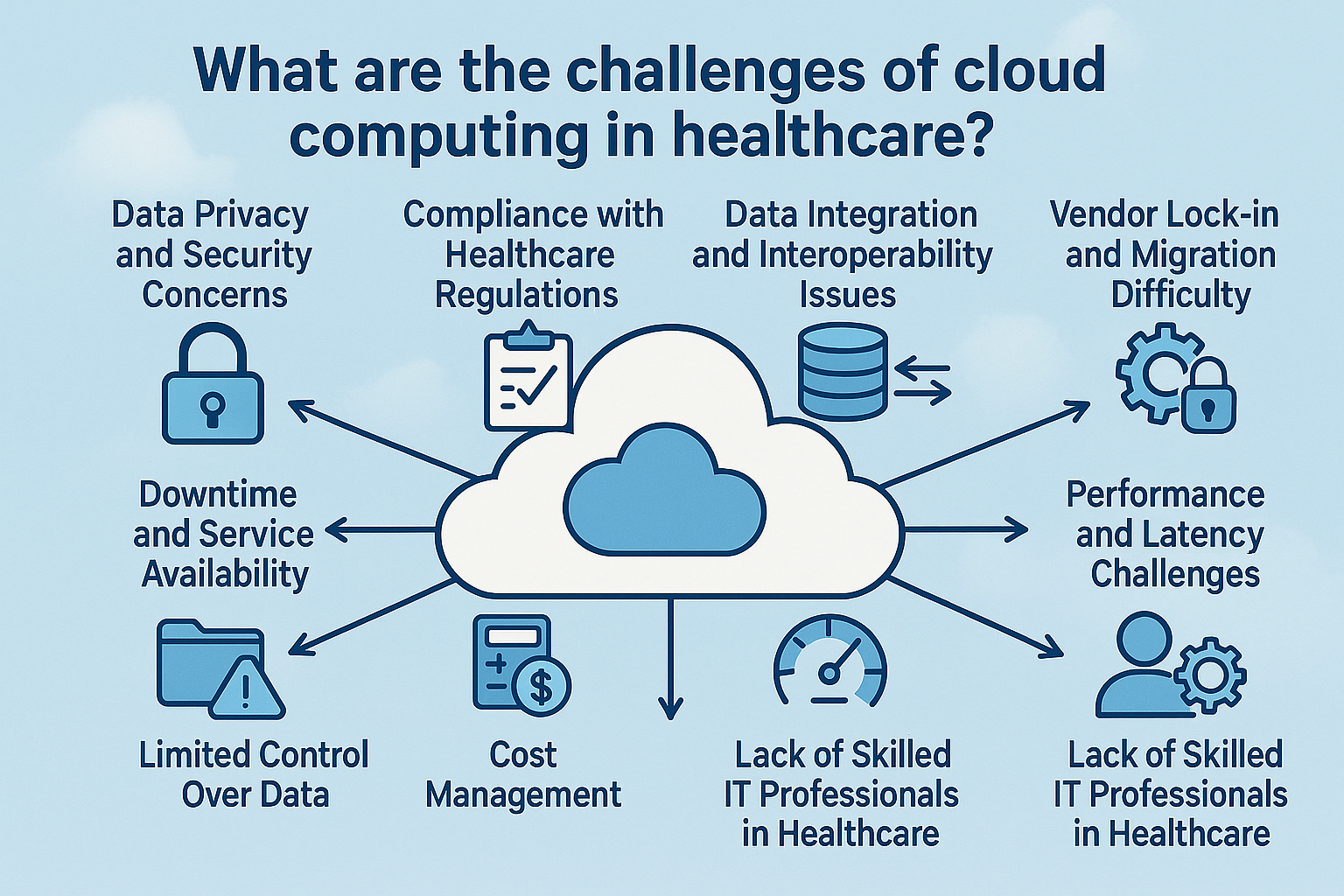
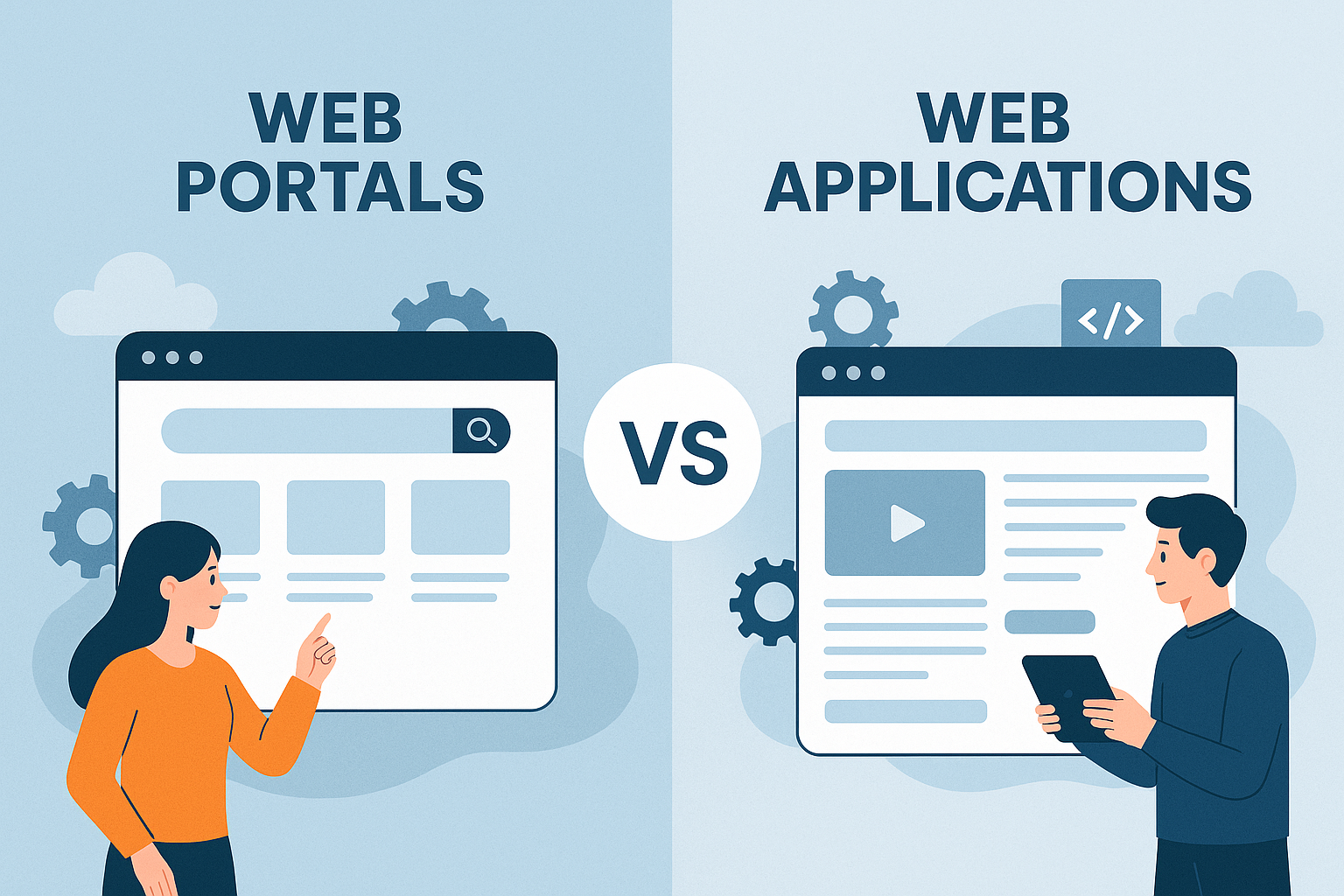


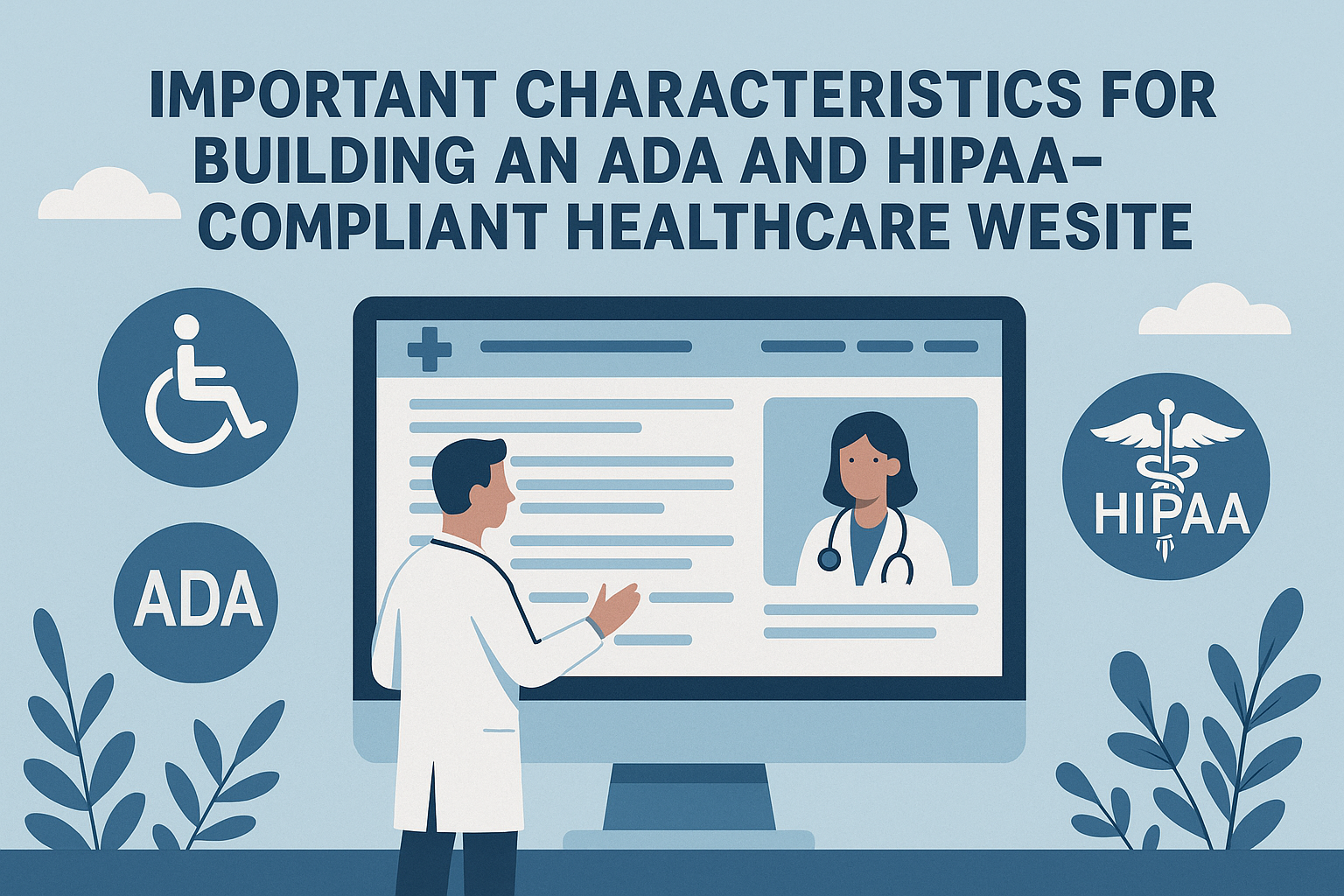

Write a comment ...